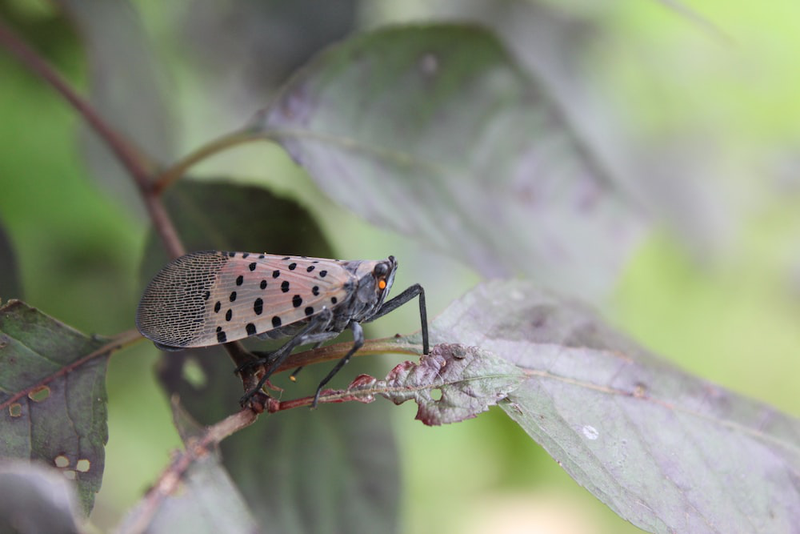
Biodiversity encompasses and affects genes, species, and ecosystems; it faces a looming threat from invasive species. These intruders are introduced through trade, travel, or horticulture and pose a serious risk to global biodiversity.
A staggering 40% of endangered species listings attribute their plight to invasive species. Not only that but the Tasmanian tiger in our lost species clothing collection is also thought to have gone extinct due to a combination of factors, including the introduction of feral cats and dogs in its habitat.
Let's explore why invasive species and biodiversity impact one and other and what can be done to address this problem.
Disrupting Native Ecosystems
Invasive species wreak havoc through predation, competition for resources, and disease transmission, leading to the decline of native species. This disruption not only erodes the diversity of healthy ecosystems but also erases evolutionary history and species interactions. As natives vanish, ecosystem services degrade, compromising the ability of these systems to withstand significant disturbances.
As this continues, the end becomes inevitable. Remove too many pieces, and the entire structure collapses.
The growing presence of lionfish, which have a few predators to check their populations, is a prime example of this. Their voracious appetite disrupts the delicate food chain in coral reef ecosystems, exacerbating the challenges already faced by reefs due to climate change and pollution.
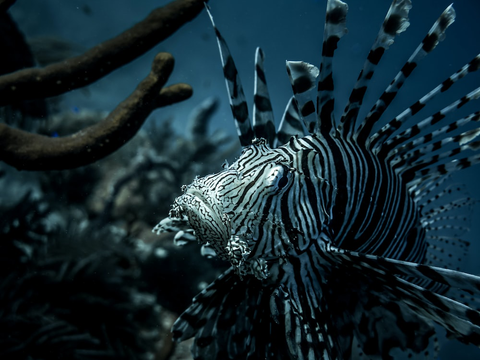
A Climate Change Connection
Invasive species and climate change share a causal relationship. Climate change aids the spread of invasive species by creating favorable conditions for the plants and animals introduced by humans. This compounds the pressure on native species already at risk in these altered environments.
A Collective Solution to an Invasive Problem
Mitigating the spread of invasive species requires collective effort. Individuals can contribute by:
- Planting native species
- Supporting native pollinators
- Checking boats for nonnative stowaways
- Advocating for removal programs.
Controlling invasive species is not just a conservation initiative; it's a shared responsibility that starts with each one of us.
Change on a Micro and Macro Level
The US faces a biodiversity crisis driven by multiple factors, including but not limited to invasive species. Wildlife organizations collaborate with Congress members to implement national biodiversity strategies to limited success.
With 32 federal agencies, in the US alone, sharing responsibilities for invasive species management, a coordinated strategy is needed to combat the extinction crisis effectively on a macro level.
However, on a micro level, the change can be as small as using local bait for fishing instead of introducing foreign bait to the waters. You can also use local wood—critters and all—to build fires instead of using wood that is not found in your area.
Spread the Word:
Now that you know how to combat invasive species, spread the word. You can help improve awareness through promoting science-based conservation. Speciologie extinct animal t-shirts, sweatshirts, hoodies, totes, drive donations to important organizations working in the trenches. Our wearable art embodies the changes we wish to see in our country and the world, wear it proudly!
Reach out for questions and concerns.
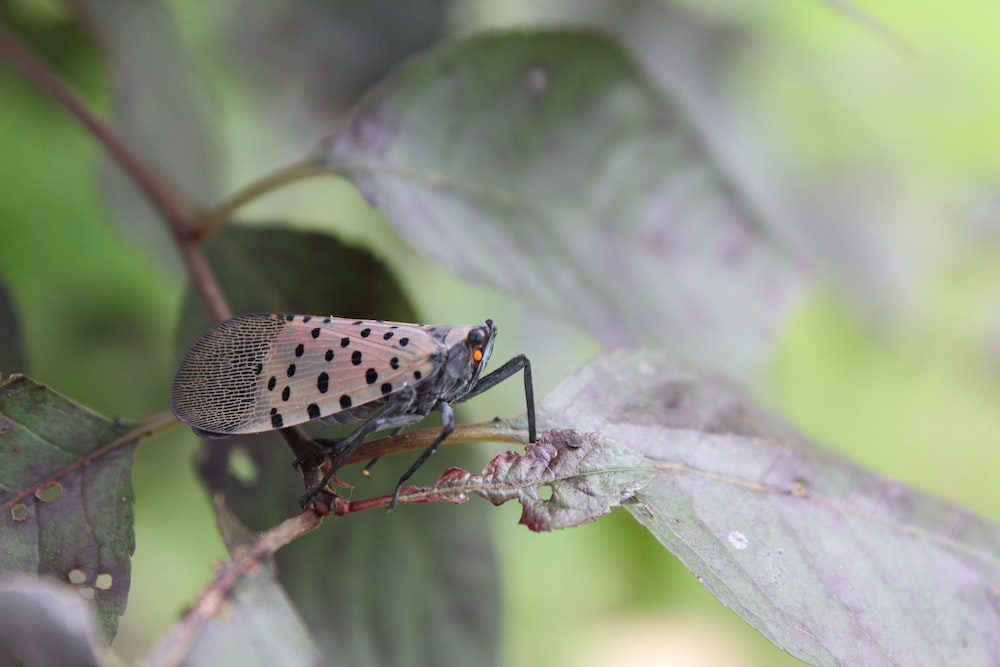

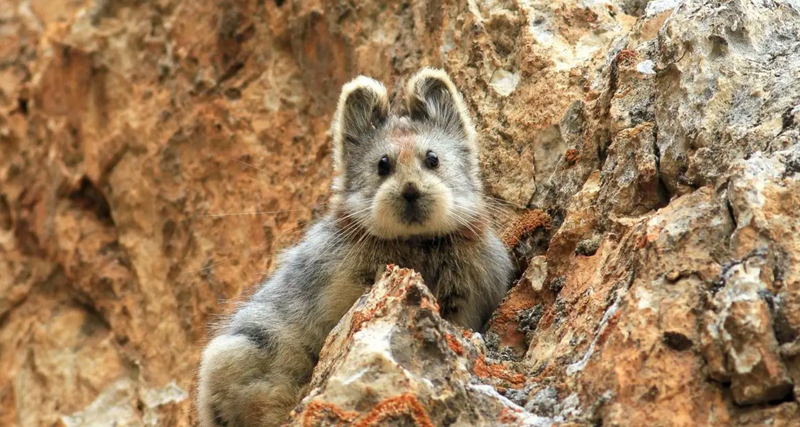
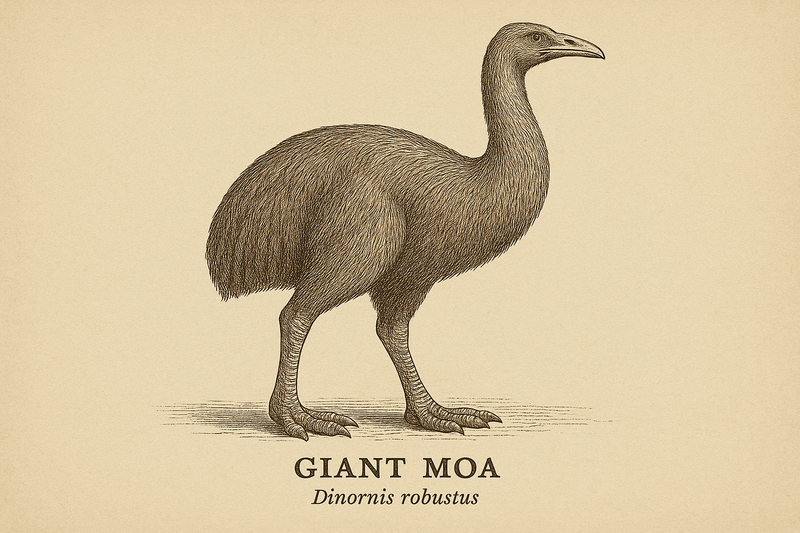
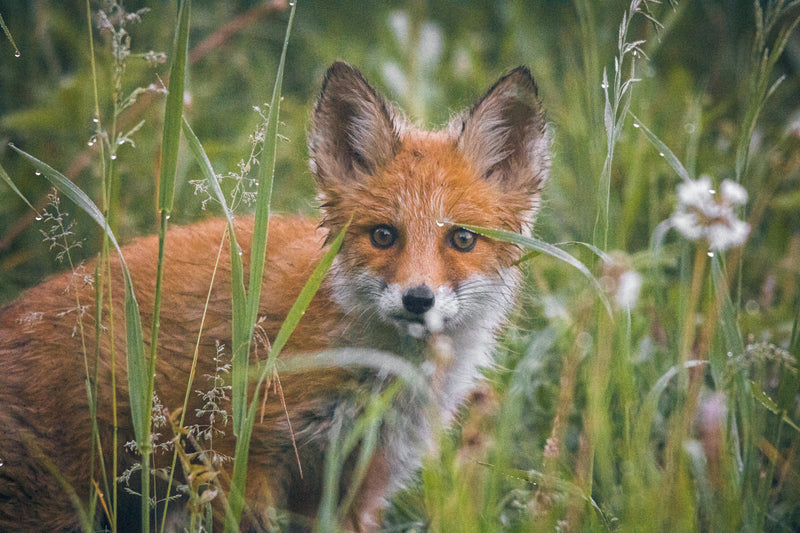
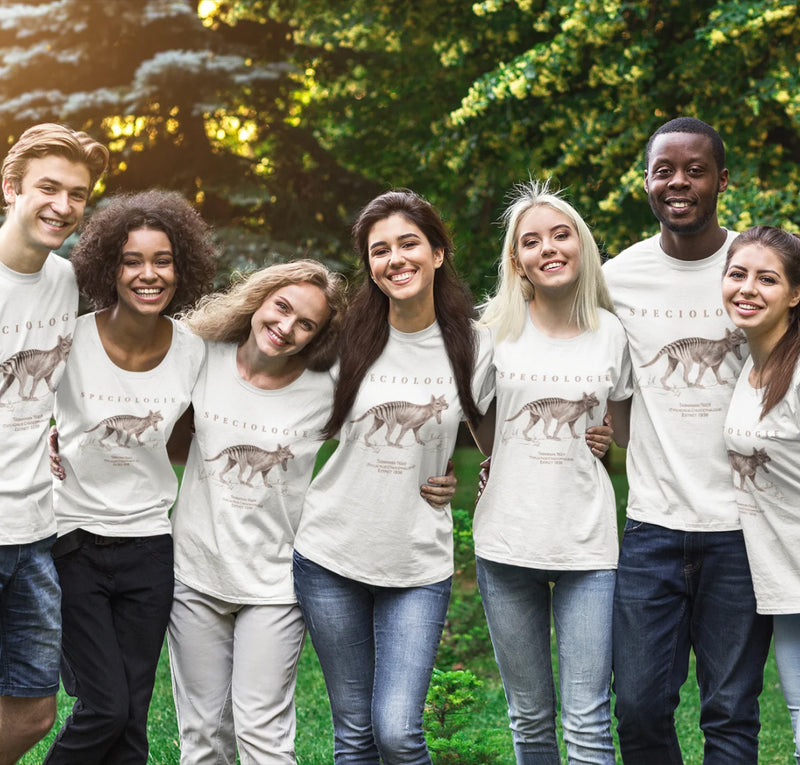
0 comments